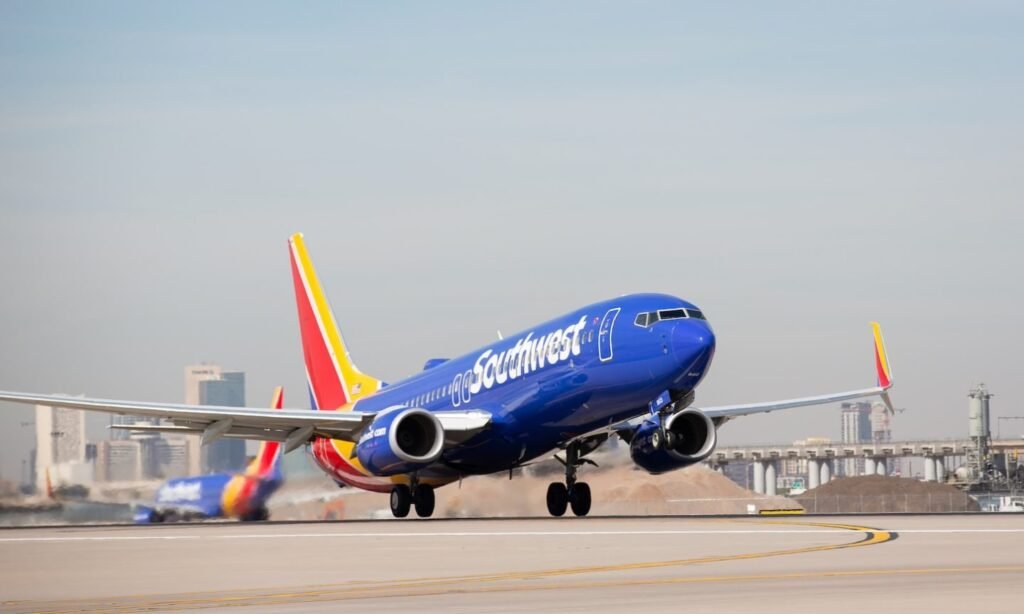Southwest Airlines has long been known for its unique boarding system and egalitarian cabin experience, but major changes are on the horizon. The airline has announced that it will be transitioning from open seating to assigned seats, a departure from its traditional model. Along with this change, Southwest will introduce premium seating options and red-eye flights starting in 2025.
The decision to move away from open seating, a system that has been in place for over 50 years, may come as a surprise to loyal Southwest customers. However, the airline claims that operational tests have shown that the new assigned seating model will not compromise efficiency. While open seating has its supporters, Southwest reports that the majority of customers prefer the convenience of an assigned seat.
In addition to the seating changes, Southwest will be reconfiguring its cabin to offer seats with more legroom. This move aligns Southwest more closely with its competitors, who typically offer a range of seating options from economy to first class. The introduction of premium seating options could open up a new revenue stream for Southwest without affecting basic fare prices.
Red-eye flights, set to begin in 2025, will add 24-hour operation capabilities to Southwest’s services. While red-eye flights can be challenging for passengers, they offer increased scheduling flexibility for travelers.
Overall, these changes indicate a shift towards a more traditional airline model for Southwest. While some may lament the loss of Southwest’s unique features, the airline hopes that these changes will broaden its appeal to a wider range of customers. The new assigned seating system, premium seating options, and red-eye flights are all part of Southwest’s strategy to stay competitive in the evolving airline industry.
The first overnight flights are scheduled to start on February 14, 2025, with further operational details to be shared during Southwest’s Investor Day in September. It’s worth noting that some changes, such as adding more legroom, will require approval from the Federal Aviation Administration.
As Southwest prepares for these changes, travelers can expect a more traditional airline experience with added comfort and flexibility. While the transition may be bittersweet for some, Southwest’s evolution is aimed at meeting the needs of a changing travel landscape.

